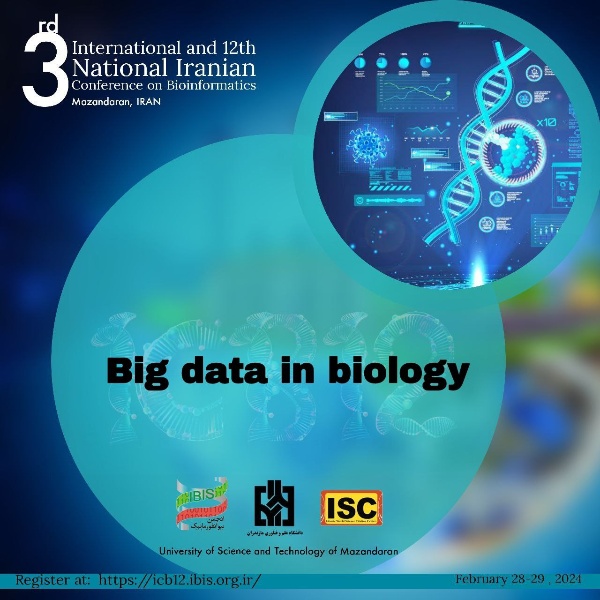Big Data in biology refers to the massive and complex datasets generated in biological research, encompassing genomic, transcriptomic, proteomic, and other molecular data. The volume, velocity, and variety of this data require advanced computational and analytical approaches for meaningful interpretation.
Key Aspects:
- Genomic Sequencing: The exponential growth in DNA sequencing technologies has led to vast genomic datasets, enabling comprehensive insights into genetic variations and relationships.
- Transcriptomics and Expression Data: High-throughput techniques capture gene expression levels across various conditions, providing a holistic view of cellular activity.
- Proteomics and Metabolomics: Large-scale studies of proteins and metabolites contribute to understanding complex biological processes and pathways.
- Integration of Multi-Omics Data: Combining data from different ‘omics’ levels (genomics, transcriptomics, proteomics) allows a comprehensive systems-level understanding of biological phenomena.
Applications:
- Disease Research: Big Data facilitates the identification of biomarkers, understanding disease mechanisms, and personalized medicine.
- Drug Discovery: Analyzing vast datasets accelerates the discovery of potential drug targets and aids in drug development.
- Biological Networks: Mapping intricate biological networks helps unravel interactions between genes, proteins, and pathways.
Challenges:
- Data Integration: Harmonizing diverse datasets for meaningful analysis poses a significant challenge.
- Computational Resources: Analyzing Big Data requires substantial computing power and storage capacities.
References:
- Chen, H., & Mehmood, R. (2017). “Big Data Integration in Bioinformatics.” Springer.


